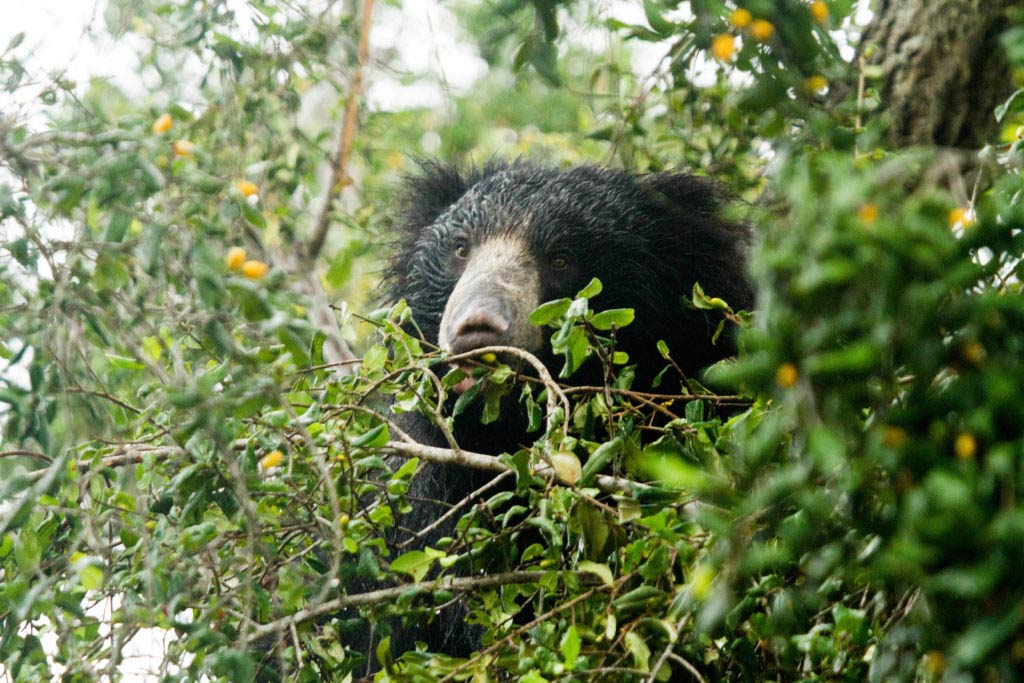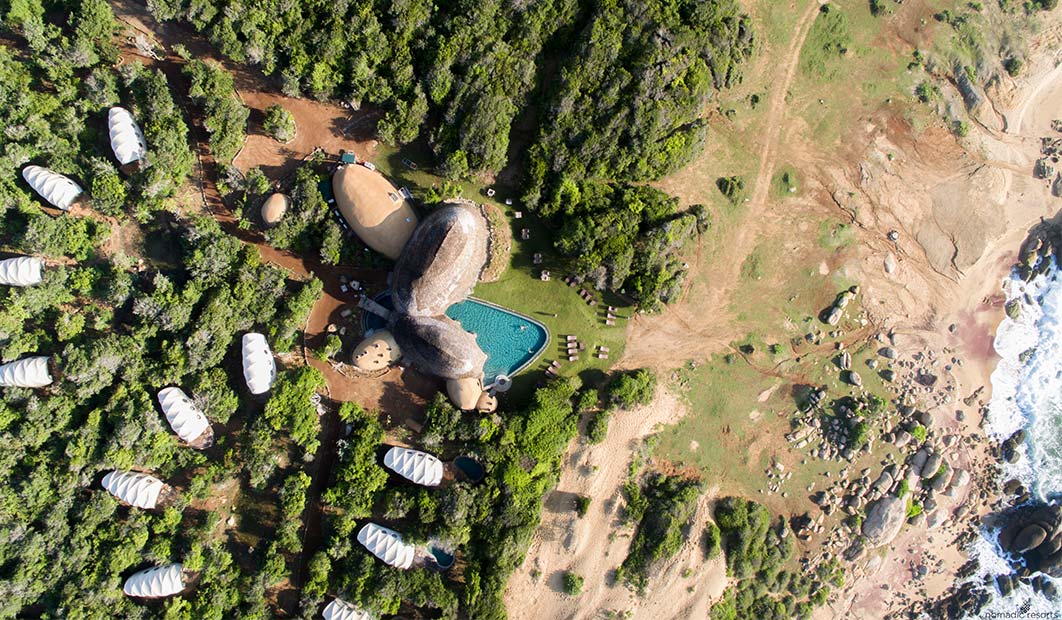- 26 June 2019
The “Yala Complex” is a contiguous expanse of jungle that combines 5 blocks of nature reserves as well as Lunugamvehera National Park. There is no “best time” to visit – instead, all year round, Yala has a variety of experiences to keep visitors engaged. Moreover, it is recommended that visitors should consider off-peak days as low tourist visitation allows for a better, more unique experience.
The “Yala Complex” is a contiguous expanse of jungle that combines 5 blocks of nature reserves as well as Lunugamvehera National Park. There is no “best time” to visit – instead, all year round, Yala has a variety of experiences to keep visitors engaged. Moreover, it is recommended that visitors should consider off-peak days as low tourist visitation allows for a better, more unique experience.
During January and February, the north-east monsoon rains are nearing its end and morning game drives are chilly (approx. 18-23 C) – so bring a shawl! We increase our birdwatching runs to Bundala National Park to view migrant birds escaping European winters. Yala hosts several migrants too. Leopard sightings on trees or on rocks are more common due to the weather. More frequent herbivore sightings make for fun game drives.

March and April calls upon the inter-monsoonal period, featuring unpredictable showers, (which is very welcomed). Migratory birds (some who visit all the way from Siberia!) stay through April to see out winter in Yala and Bundala National Park. This is also an excellent time to see elephants in their herds; it is common to see bull elephants in musth searching out females who are receptive to mating.
Yala is most beautiful through May-June and the months leading up to it as the park is lush and green after the rains, but just starting to dry out enough for animals to congregate at water-holes. Historically, we’ve seen more young (deer fawns to leopard cubs) post rains. Also, the Palu (Manilkara Hexandrian) tree bears fruit which leads to an increase in sloth bear sightings (a guest favourite!) as they love feasting on Palu fruits. Temperatures range from 30 – 36 C.
The effects of the dry season are seen from July through September as the park starts to dry up and water holes start to reside. The park becomes quite dusty. August brings hot winds from the Arabian Peninsula, accelerating the drying process. We start venturing into Block 5 and Lunugamvehera National Parks. Temperatures range from 30 – 36 C.

Block 1 of Yala, the most frequently visited block, closes from the beginning of September until the 1st of November due to the dry season to “rest” the park. Other sectors of Yala such as Block 5, Lunugamvehera and Bundala National Parks are visited. These three areas are excellent for sighting elephants and as it is the start of the migratory season for birds coming in from western Europe and Siberia, an array of waders such as sandpipers and several species of ducks and forest birds such as Indian Pittas and Bee eaters can be seen.
Lunugamvehera National Park delighted Wild Coast guests in 2018, during Block 1 closure, due to the multiple herds of elephants that venture onto the lake bed in the afternoons. As the waters of the Lunugamvehera reservoir recede during the drought, the grasslands on the banks of the lake are lush and guests are privy to rich insights into detailed behaviour of elephants (as explained by our rangers). Also, Sri Lanka experiences lowest visitation volumes during these months, thus vehicle traffic to our national parks is quite low which supports a quality, guided experience. Other game is also visible to round out a quality game drive. The only catch is that the drive to Lunugamvehera is around 40 minutes from the Lodge. However, it is completely worth it for the quality experience.

Block 5 has seen impressive leopard sightings in the past couple of years. However, leopard sightings can vary from season to season based on the rains, deer and prey populations and their movements, and the territorial dynamics of individual dominant cats. So, we cannot predict what kind of sightings can be expected months ahead. However, the biodiversity in Block 5 is similar to Block 1, and also includes slightly more diverse terrain/ecology that Block I — providing a slighter richer “wilderness experience”, as explained by our rangers. What we recommend for Block 5 is to throw in the “Jungle High Tea” option, so the game drive starts early and breaks for tea on the banks of one of the canopy-covered streams inside the park.
Block 1 reopens in November and intense inter-monsoonal showers spark the first bursts of green after the drought. Animals are more relaxed (hence better sightings) after the rest from park closure and low visitation in November. Sightings of leopards, sloth bears and even the shy and critically endangered pangolin become frequent and confident as vehicle volume is low. Peak visitation kicks in mid-December. Temperatures range from 28 – 34 C.
At Wild Coast Tented Lodge, we offer discerning guests a collection of guided, curated, and narrative-based experiences allowing for a unique exploration of the Yala wilderness. Our team of rangers are qualified, passionate, and eager to share and interpret the riches of the surrounding National Parks’ biodiversity with nature-loving guests. Explore our website to discover more.

Kayaam House | wellness | Press releases

Extended Stay Savings
Extend your stay for 6+ nights at Cape Weligama, save more and enjoy the holiday of a lifetime.













